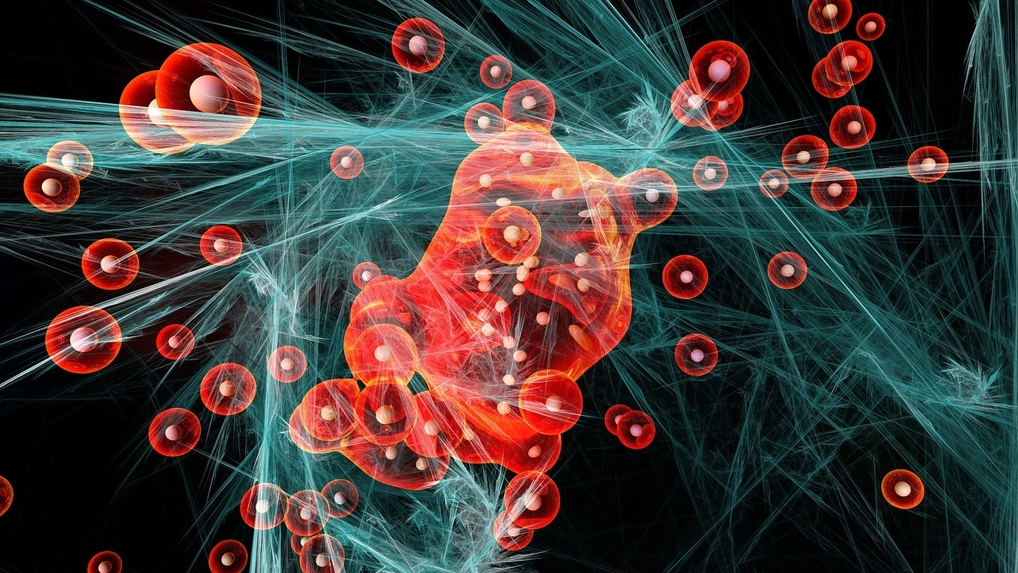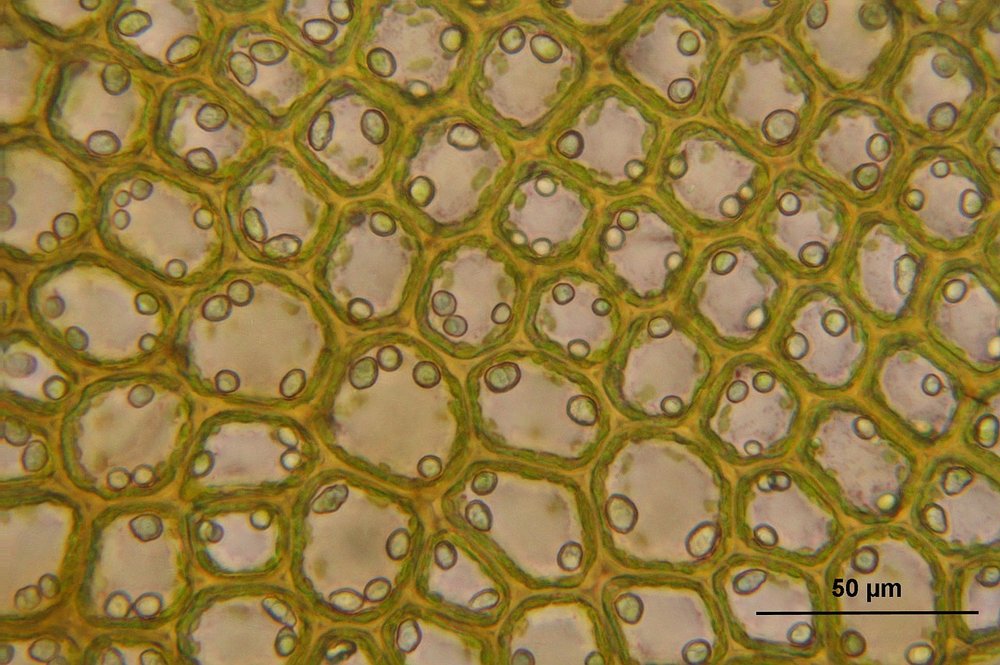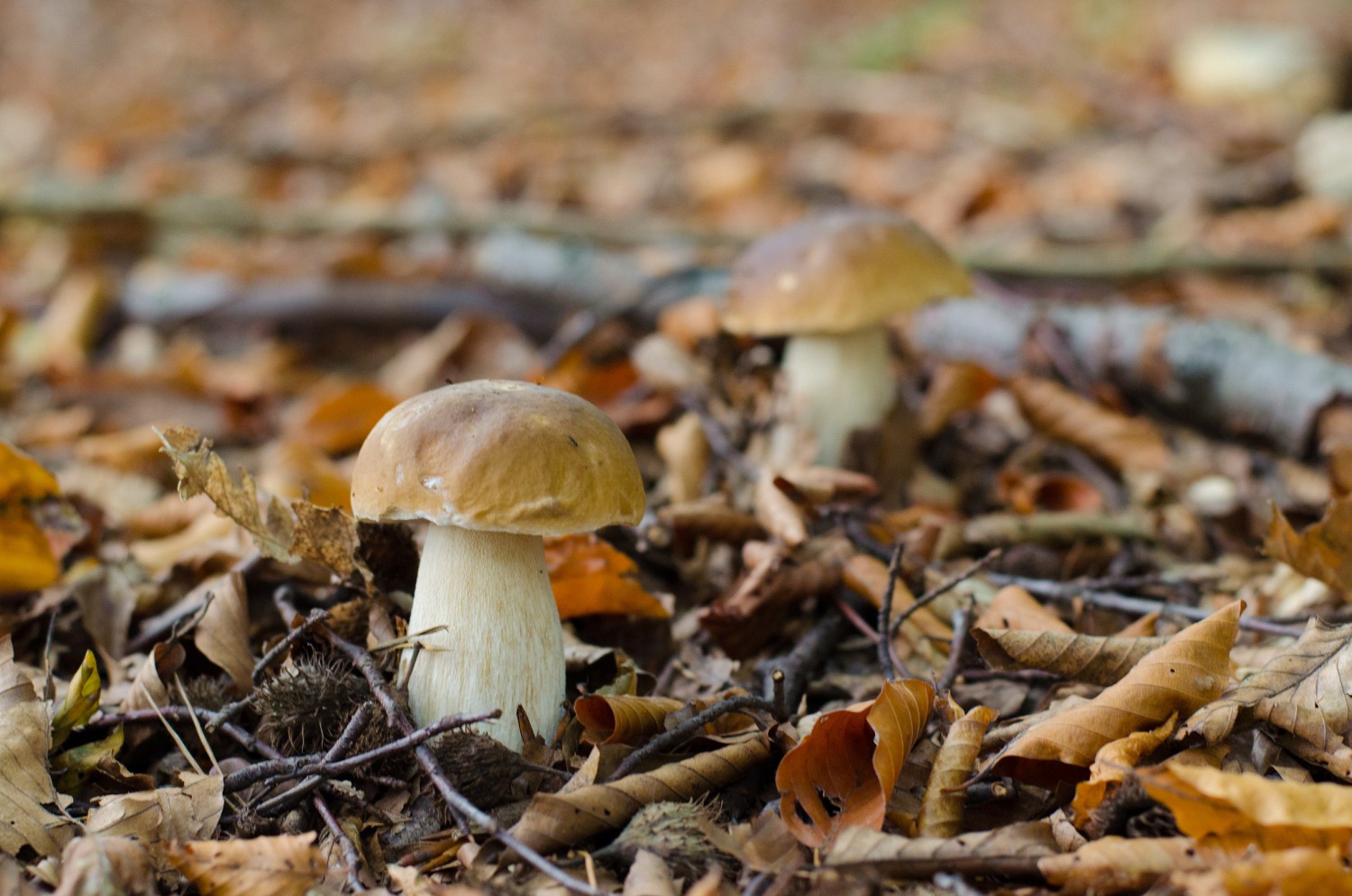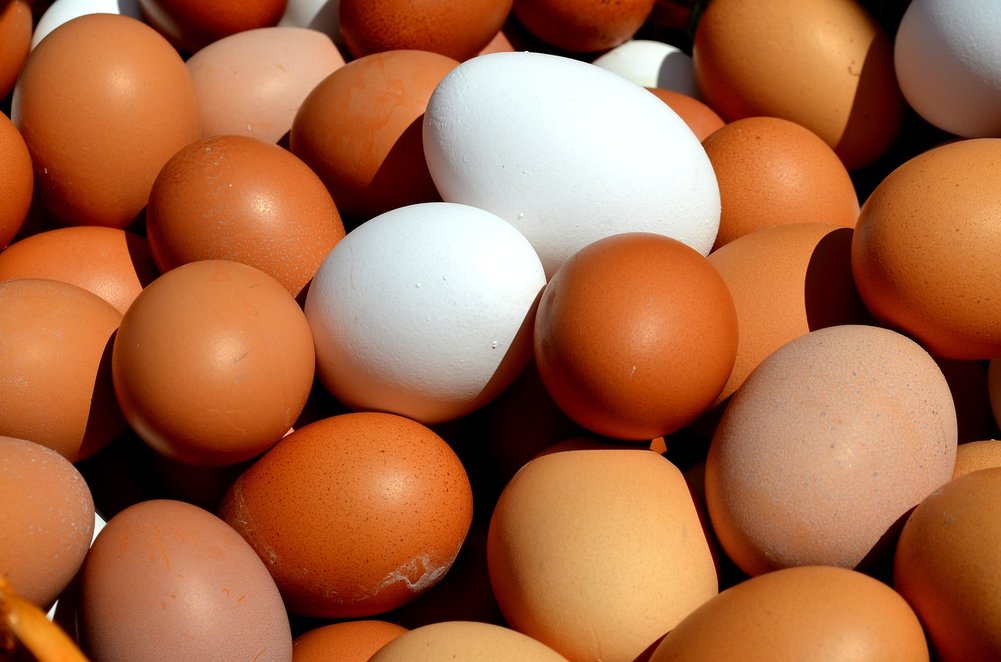One more piece of the protein puzzle was solved when researchers discovered molecular “add-ons” that can customize protein interfaces. They represent a previously unknown fundamental driving principle which ensures that proteins interact in their own specific ways.
Researchers in the United States and Germany have just discovered tiny segments of molecular material, named add-ons, on the outer edges of protein interfaces that seem to play an important role in defining the specific function of a given protein. These segments customize the interface between proteins in a similar way software add-ons customize a web interface with a user, hence the name. These molecular add-ons could be key to how proteins interact with each other inside living cells to carry out specialized functions.
Until now, it has not been clear exactly how key proteins are able to find each other within a crowded cellular environment. Last week researchers from The Ohio State University and the University of Regensburg reported in a new study, that it is actually the add-ons that enable proteins to connect exclusively with the right dedicated partner.
To demonstrate the importance of these add-ons to normal cellular functions, the researchers experimented with live bacteria. They found out that colonies of a bacterial strain of Bacillus subtilis which lacks a unique interface add-on, grew 80 percent slower under certain conditions. The reason behind growth divergence was that the missing interface add-on led to unhealthy cross-interactions of proteins in the B. subtilis cells.
Proteins are included in thousands of critical biological functions, and we should never underestimate their importance in life. Enzymes are proteins that enable chemical reactions in cells. Proteins are involved in the transportation of molecules. Antibodies are proteins that help prevent infection, illness and disease. To perform diverse tasks, proteins have to, in most cases, connect to each other and form groups called protein complexes.
But how exactly are proteins able to do all the things they do? There are 20 known amino acids which link together in long chains and fold up to form proteins. Folding is what determines a protein’s generic shape or geometry. Although there are only around 1,000 known protein geometries in nature, proteins are able to form complexes that perform hundreds of thousands of specific functions.
As researchers elaborated in their report, they knew where to look for to solve the mystery.
“Much work has been put into analyzing how proteins interact with each other and what the interfaces look like, how they are constructed, and how they evolved,” said Maximilian Plach, lead author of the paper and biochemist at the University of Regensburg. “But the peripheral regions of interfaces have not received as much attention. I think the novelty of our approach was to look at regions that have been, as yet, regarded as less important.”
The Regensburg team analyzed the protein sequences derived from more than 15,000 bacterial and archaeal genomes in a large computer cluster. By sorting proteins that shared common evolutionary ancestors into a “family tree”, and comparing individual proteins to their protein “relatives”, they spotted these interface structures, the add-ons. A team led by computational biologist Rainer Merkl and protein biochemist Reinhard Sterner noticed that the add-ons were present in some proteins but missing in others.
Using native mass spectrometry, they detected how the presence and absence of these add-ons influenced the ability of proteins to interact with each other. Florian Busch, a postdoctoral researcher in chemistry and biochemistry at Ohio State, and Vicki Wysocki, Ohio Eminent Scholar of Macromolecular Structure and Function and director of the Campus Chemical Instrument Center at Ohio State, were credited with the discovery.
“We’re really pleased that our native mass spectrometry technology could help identify the role of these interface add-ons – a way for a protein to find its critical partner protein even in a crowded cellular environment with similar structures present,” said Wysocki.
Since only recently, scientists are being faced with a completely new kind of problem – big data management. One really exciting thing about this study was that the researchers successfully used entire protein and genome databases to inspect interface structures.
“I consider our work to be one important example of how to make use of publicly available data in order to understand fundamental principles in nature, and I think that data mining will become increasingly important in the biomedical field in the future,” concluded Busch.
Learn more about protein folding in the video below:
By Andreja Gregoric, MSc











